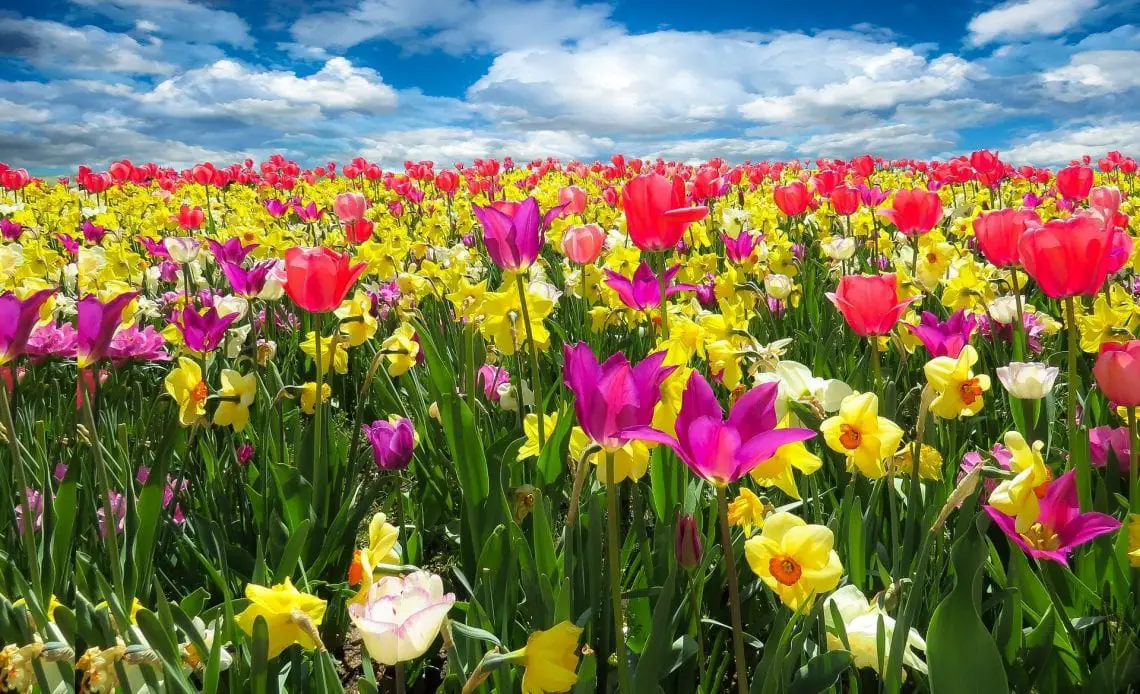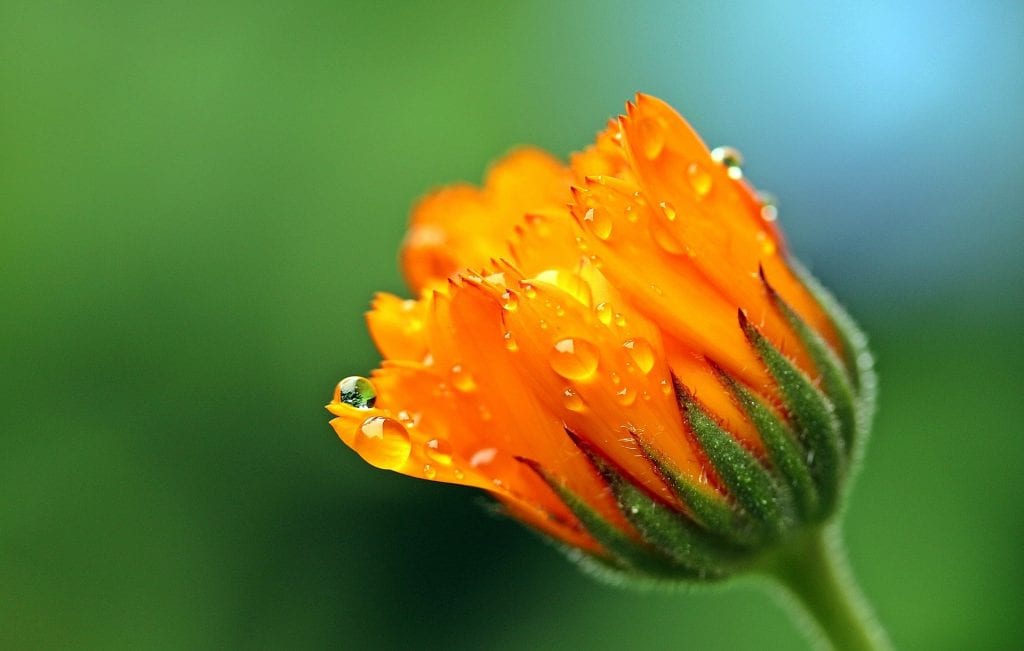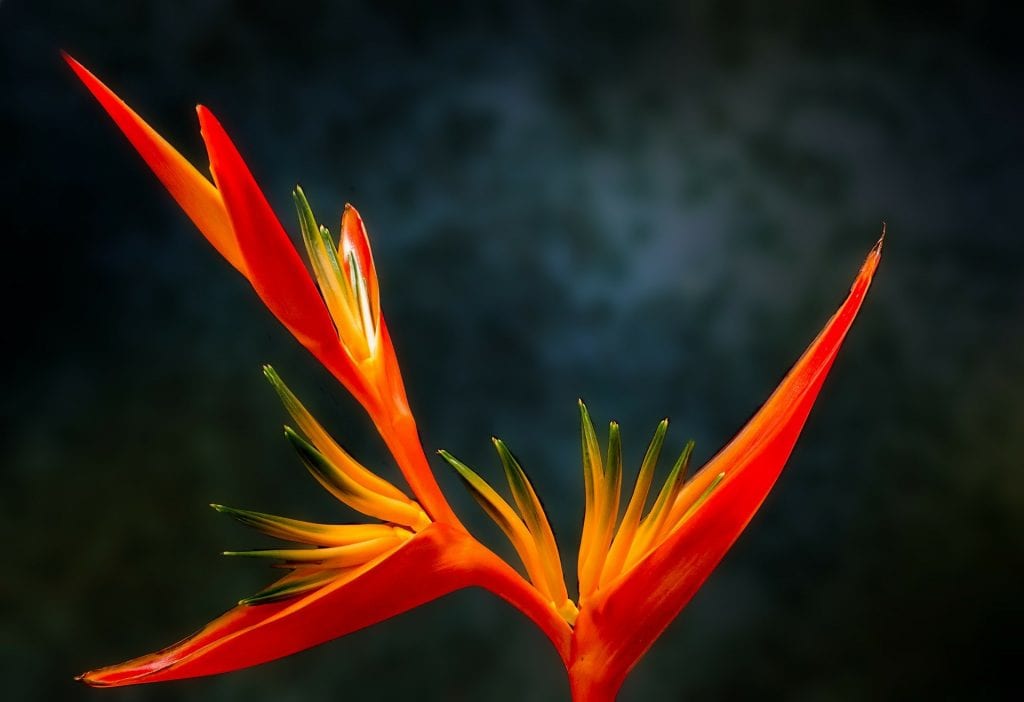
Flowers are a vital part of our lives. From the bright colors that bring us joy to the intricate petals that signify how delicate life can be, flowers add a lot of meaning to life. We use them for various reasons, to decorate, to celebrate love and life, to celebrate death, or to add color to our garden. Gardening enthusiasts looking for a flowering plant would know that these beauties can either be perennial or annual. But what is the difference between the two? Does their difference have any significance to gardeners?
What are perennial flowers?
The enduring beauty of perennial flowers is magical. They have a subtle charm that needs to be admired up close. These fragrant flowers with unusual foliage can enhance the beauty of your yard, and they are worth tending.
The words ‘per’ and ‘ennial’ mean ‘through the years’. Perennial flowers are those which mostly bloom each spring and summer. They die in the autumn and winter, and with some exceptions, return in the spring. These flowering plants live for more than two years. These plants are the best choice for those who are just beginners in gardening. They help you become familiar with the practice as well as having beautiful blooms in your garden. Some of the best perennial flowers to add color to your garden include salvia, hellebores, aster, coneflower, daylily, delphinium, hydrangea, peony, sedum, shasta daisy, yarrow, pinks, tickseed, bleeding heart, and deadnettle.
What are annual flowers?
Annual flowers are short-lived. But that is not a reason to rule them out from your gardening plans. These flowering plants can be used to fresh up your yard or front porch. These flowers create a major curb appeal that can brighten up your home as they add a lot of beautiful color. Annual flowers make the garden as well as gardening more interesting as they need to be replaced year on year.

If you consider variety to be the spice of life, annual flowers are the right way to go as you get an opportunity to experiment with a new batch of flowers every year. As they are quite inexpensive, they are more fun to experiment with. Some of the most interesting annual flowers that add bright and beautiful color to your garden include begonia, celosia, chrysanthemum, cosmos, dahlias, geraniums, impatiens, larkspur, marigold, pansies, petunias, ranunculuses, snapdragons, sunflowers, and more.
What is the difference between the two?
Perennial, annual, and biennial flowers are the three types of flowering plants that a gardener would want to plant. While annual plants live just a year and perennial flowers bloom for more than two years, biennial flowering plants are different. They take a year to produce roots and foliage, and the flowers bloom in the second year. After which it disperses seeds and dies.
But which type of flowering plant to choose is a question that runs in the minds of many, especially if you are new to gardening. One of the most vital differences between perennial and annual flowering plants is that the former plants live for just one growing season whereas the latter plants regrow every spring. Here are some of the other vital differences between the two.
- Life in years
As mentioned above, perennial flowering plants live for more than two years. These plants continue to grow and bloom year after year even after remaining dormant throughout the winter. They are most suitable for those gardeners who do not like a change and prefer having the same variety and colors in their yard.
Annual plants on the other hand live for one season only. They are planted during spring and summer months after which they bloom, shed their seeds, and die. Gardners use them as borders to brighten up the landscape. They are most suitable for those who like variety.
- Planting
Some perennials are planted in the fall and most of them produce bloom in the first season whereas others are planted after mid-April like annuals. Annuals on the other hand are always planted after the final frost to protect them from the frost. In fact, summer is the ideal season to plant most of the annual flowering plants.
While annuals need to be replanted every year, perennials need not be replanted every year though some gardeners choose to replace them when they start to decline.
- Varieties to try
One of the best ways to ensure that you have a garden that is ever blooming is to plant perennials that bloom at different times. As these flowers are short-lived, you can bring in a variety of colors and flowers that bloom at different times and you have a colorful garden throughout the season.

If you consider annuals, these flowering plants are best suited to experiment with your garden as you can refresh your garden year on year. You can bring in new variety and color each year, and have a different garden that increases the curb appeal of your home.
- Germination
The life cycle of annual flowering plants is just a year. These plants grow from seeds, bloom during the season, produce seeds and die. They germinate quickly, need to be planted each spring. So if you are looking to regrow the annual flowering plant you love, collect as many seeds as you can. Perennials, on the other hand, need not be replanted each year and have structures such as rhizomes, tubers, and bulbs that allow them to live for a long time. These structures convert into leaves and stalks when the growing season begins.
- Advantages
Annuals offer the following benefits.
- They are cheaper compared to perennials
- They mature fast as well as bloom fast
- You do not have to make a long-term commitment as they last for a year only
- They are a great choice to fill bare spots in a garden, you can use a container to plant them
- They add a splash of color and attract pollinators
- They use all their energy in producing flowers and if you want a lot of blooms, annuals must be your choice.
Perennials offer the following benefits.
- They are a long-term investment
- They can be propagated by division or reseeding
- They require less water and hence are the best choice for drought-prone areas
- They attract pollinators if they are native to the region
- Disadvantages
Annual flowering plants demand a lot of attention and need more work as their soil must be reworked each year. They consume a lot of time and energy. You may need to buy a new plant each year to replace the dead ones.
Perennials are expensive and often do not bloom for the first two seasons. They have a short blooming span and often your garden lacking in color, especially of the flowers are cut for indoor display or gifts.
- Gifting
Flowering plants serve as a great gift on any occasion. Annuals are the best choice for gifting especially when the recipient doesn’t have a garden as these plants need not be replanted. Annuals can be grown in a pot and placed anywhere. Perennials on the other serve as a great gift to those who are enthusiastic about gardening. They grow better when they are replanted in the fall or early spring.
Annual plants and perennial plants are a vital part of gardening as they not only add beauty but also provide habitat to pollinators and other garden visitors. These plants need to be offered some help to be established especially during dry spells. They need to be loved and cared to ensure that they bloom healthily.
